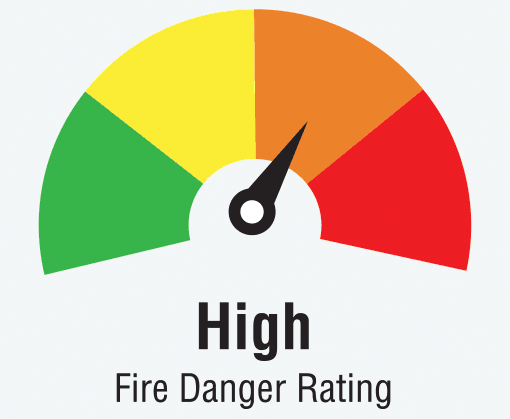An assessment of vulnerable populations’ housing needs in the Whistler community.

Overview
The project is to identify the community supply of and need for housing for people in vulnerable positions. This includes:
- Emergency
- Transitional
- Supportive
- Non-market rental housing
This report will contribute to the development of housing options across the housing continuum and to support municipal partners in pursuing grant opportunities. It will also inform the development of the Resort Municipality of Whistler’s (RMOW) long-term housing strategy.
In May 2022, the Resort Municipality of Whistler (RMOW) completed an initial Housing Needs Report, which identified housing challenges and gaps to be addressed in the community. With limited housing options, the number of vulnerable people in the resort community has increased. The 2022 Whistler Housing Needs Report called for further assessment of housing needs for vulnerable populations, calling the work “a very high priority.”
The report was completed in March 2024 and estimates current and future housing needs.
Staff Report to Council – March 19, 2024
Final Housing Needs Assessment Report
Timeline
- Project planning – Winter 2023
- Stakeholder engagement – Spring 2023
- Final report – March 2024
Community Engagement
Interested parties were invited to participate in the project, including:
- Service Provider Focus Group – housing and social services providers
- Public Sector Focus Group – public sector workers
- Residents – resident interviews were used to gather housing stories for vulnerable populations with lived experiences
Invitations to participate in the focus groups or interviews were sent directly to identified parties and their feedback was included in the final report.
Partners and Sponsors
This project was supported with a grant from Vancouver Coastal Health (VCH) to address social determinants of health and community resiliency.
Contact
Planning Department
planning@whistler.ca
Glossary
- Vulnerable – For the purposes of this report a vulnerable person is any person who is, or is perceived to be, in a disadvantaged position or marginalized, and as a result experiences barriers to housing.
- Market housing – Housing that is privately owned by an individual (or a company) who does not receive direct subsidies to purchase or maintain it. Prices are set by the private market. (Source: BC Government)
- Emergency housing – Immediate, short-stay housing for people who are homeless or at risk of becoming homeless. (Source: BC Government)
- Transitional housing – Housing provided for at least 30 days that can last up to two or three years. It includes the provision of on- or off-site support services to help residents move towards independence and self-sufficiency. (Source: BC Government)
- Supportive Housing – A type of housing that provides on-site supports and services to residents who cannot live independently. Source: BC Government)
- Non-market Rental Housing – Includes government subsidized housing, non-profit below market housing, occupancy or employee-restricted units, and rent assistance options that are typically geared to low to moderate income households.

